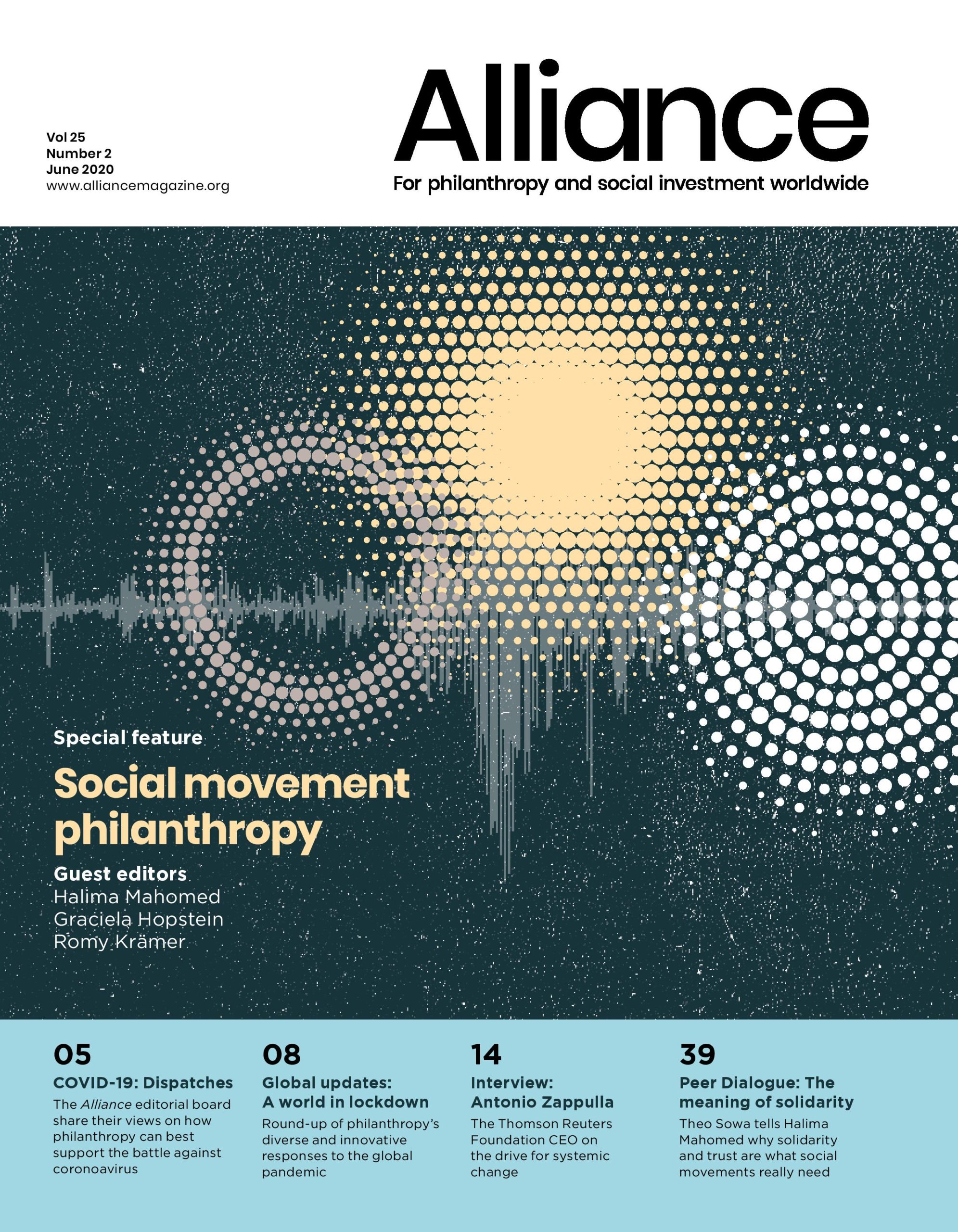Reviewed by Dr Alexandra Williamson, Australian Centre for Philanthropy and Nonprofit Studies, Queensland University of Technology.
 This edited volume of 13 chapters is divided into three parts. Part One explores the history of foundations in Canada and the landscape of philanthropy in 2019. The second part focuses on Canada’s Indigenous Peoples and their relationships with philanthropic foundations. Part Three offers a series of case studies of programmes and initiatives of Canadian foundations as they forge new collaborations and collectives. Each chapter concludes with key takeaway points and these are perhaps most helpful as a mnemonic for returning readers rather than as a chapter summary.
This edited volume of 13 chapters is divided into three parts. Part One explores the history of foundations in Canada and the landscape of philanthropy in 2019. The second part focuses on Canada’s Indigenous Peoples and their relationships with philanthropic foundations. Part Three offers a series of case studies of programmes and initiatives of Canadian foundations as they forge new collaborations and collectives. Each chapter concludes with key takeaway points and these are perhaps most helpful as a mnemonic for returning readers rather than as a chapter summary.
The focus of the volume is very much within Canada, rather than viewing Canadian foundations within the context of international philanthropy. This lack of comparisons other than to the US is a weakness and somewhat odd considering the complex and not always easy relationship between the North American neighbours. For readers from outside North America, this omission leaves fewer references on which to base comparisons and understandings. As such the book has an internal rather than external perspective and assumes readers’ knowledge, such as basic demographic data about the composition, size, distribution, age, and cause areas of Canadian foundations. For example, I was startled by the sheer number of community foundations, surely making them uniquely prominent in Canadian philanthropy?
Where this book really shines is in Part Two – Indigenous Peoples and philanthropy. These three chapters together offer deep insights into the work of foundations with Indigenous-led organisations and communities. The importance of relationships is a clear, key theme throughout the book and a strong focus in this second part, which provides compelling and persuasive support for the philanthropic approaches described and the value of reciprocity. Sadly, this part is the shortest, with only three chapters, as compared with five each in Parts One and Three.
The volume is encyclopaedic in scope and level of detail, but sometimes feels fragmented as though an overarching narrative has been lost. The chapters are like mosaic tiles that don’t paint a landscape view when combined. There are also quite different voices and styles in the book, some more conceptual adopting a classic academic paper structure, others practitioner-focused case studies of programmes or initiatives told as stories narrated in the first-person. These changes in tone are both refreshing for readers yet at times disconcerting.
The conclusion by Tim Brodhead is a valuable overview that I will take time to re-read. However, it now has a somewhat elegiac quality – not for foundations themselves but for the era of their work that is explored in this volume. COVID-19 is a ghost of the future, haunting the pages with knowledge of the social and economic disaster and the national grief that is coming. Yet the volume provides a broad and strong base for understanding through its ‘rootedness in a specific context and history’ and offers much to an engaged reader.
About the book
Published by: PhiLab & Alliance Publishing Trust Price PDF available for free. ePub and hard copies also available
ISBN: 978-0-2288-3003-0
To order/download: https://philab.uqam.ca






Comments (0)